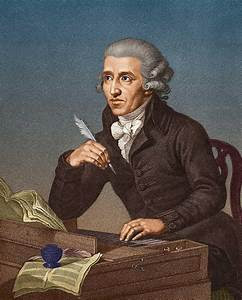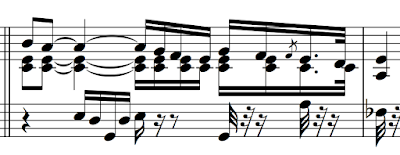 Yes, I know this is off topic. But, I hasten to point out that many of my followers play string instruments, as do I. So it may be of interest to those folks that I have been at it again, transcribing from one venue to another, which would be considered quite normal in Haydn's day.
Yes, I know this is off topic. But, I hasten to point out that many of my followers play string instruments, as do I. So it may be of interest to those folks that I have been at it again, transcribing from one venue to another, which would be considered quite normal in Haydn's day. |
| Joseph Haydn |
Have a look at these five Sinfonias, full score and individual parts, at Amazon: Haydn Sinfonias for String Quartet.





